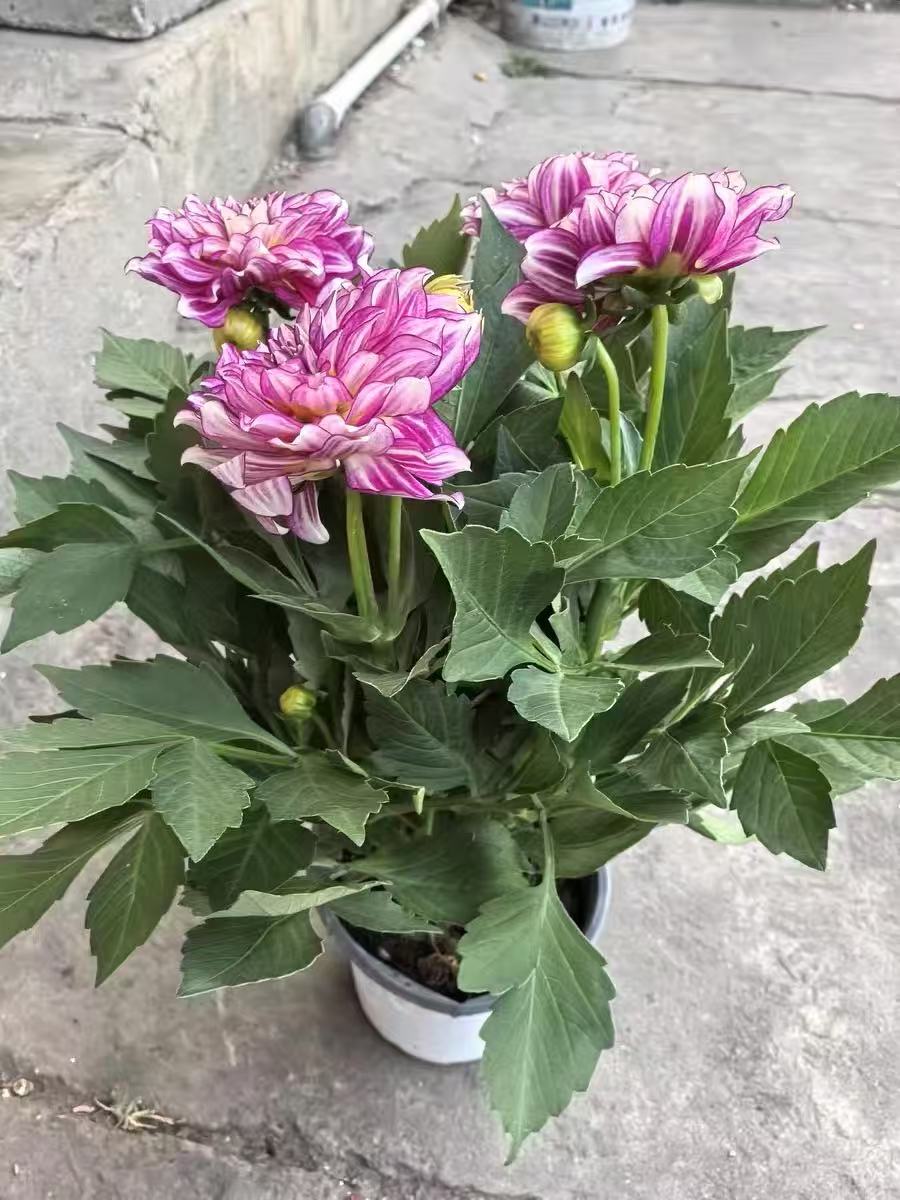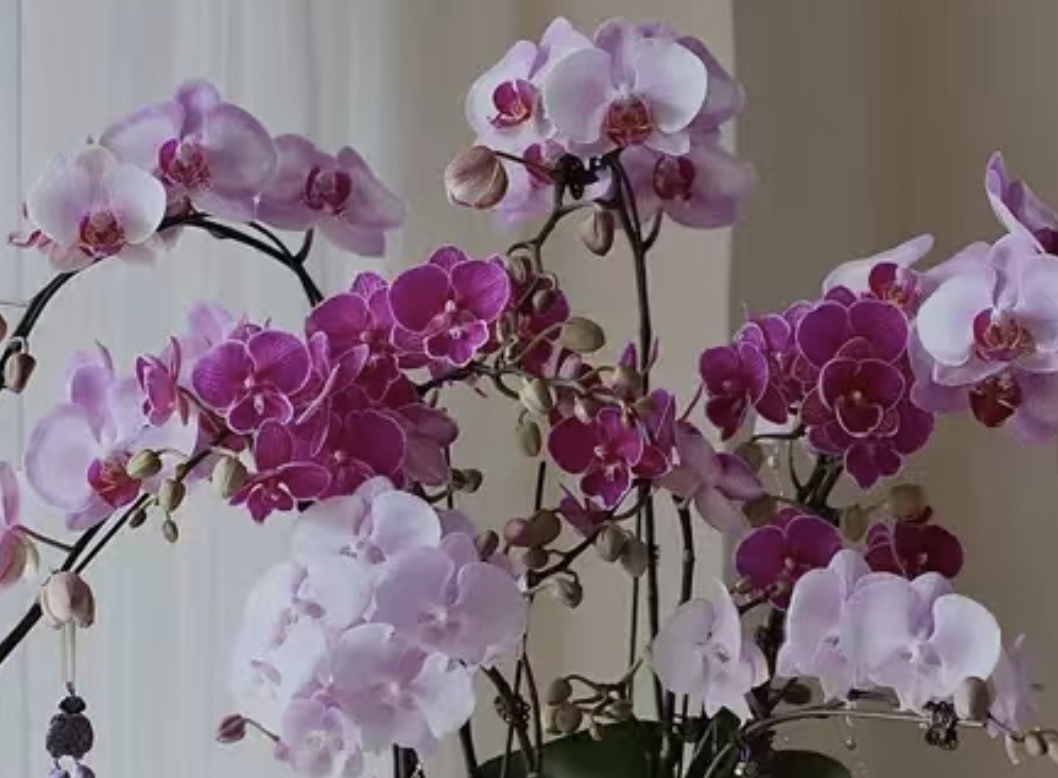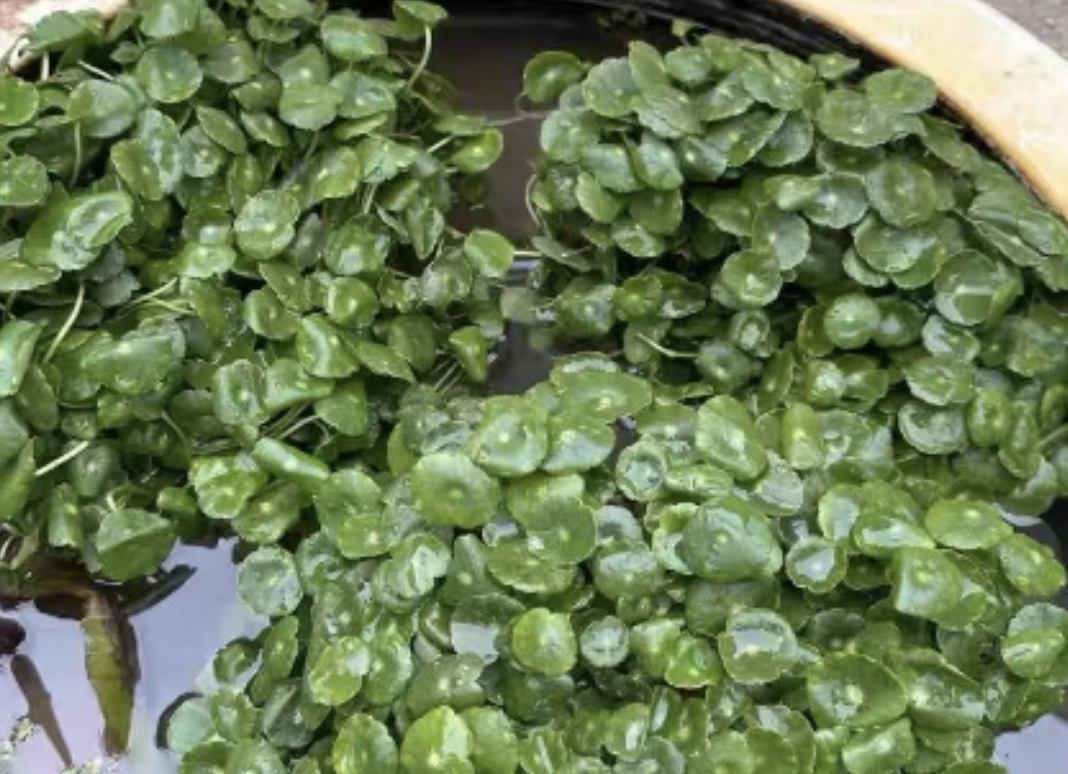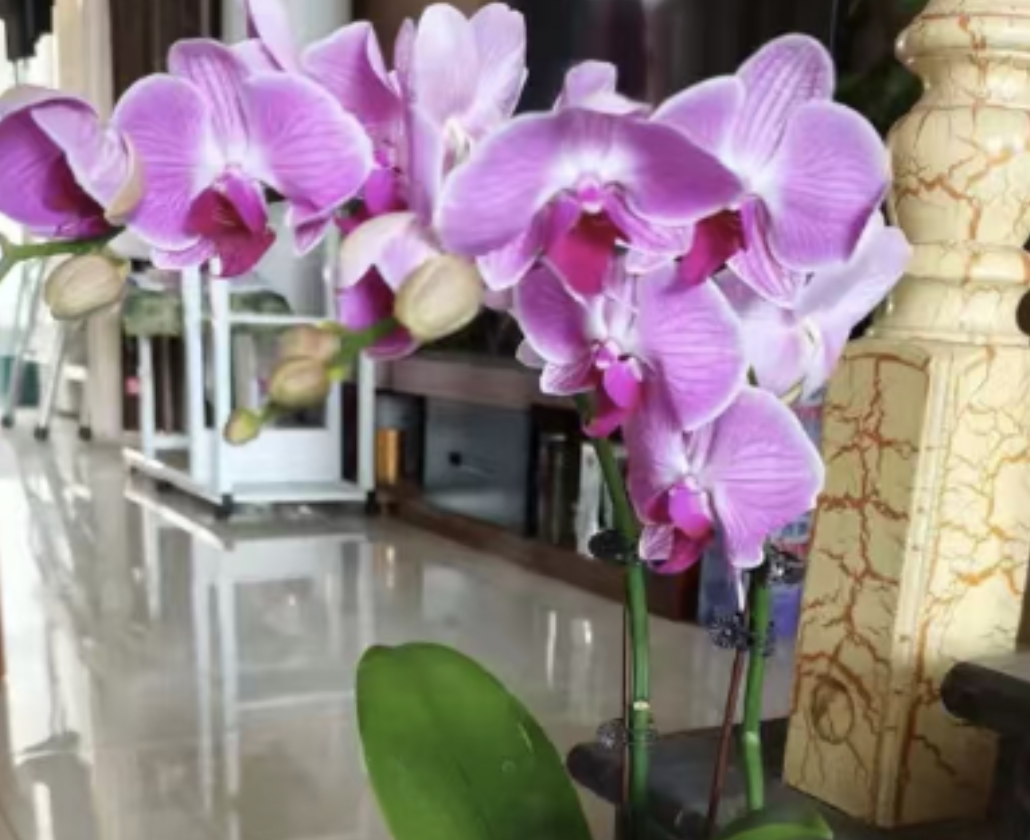Dahlia, also known as the garden dahlia or Dahlia pinnata, is a perennial herbaceous plant in the Asteraceae family. Its flowers are large and come in a rich variety of colors, including red, yellow, orange, purple, etc. With a long flowering period from late spring to the frost - fall season, it is one of the well - known ornamental flowers. It prefers a cool climate and grows well in fertile, loose sandy loam soil. Many flower enthusiasts are curious whether this beautiful flower is suitable for indoor maintenance. Also, how many times can a dahlia bloom in a year?
Dahlia likes an environment with sunlight, coolness, warmth, and good ventilation. Although it can adapt to a semi - shaded environment to some extent, direct and intense sunlight can make it uncomfortable and even affect its blooming. Therefore, when cultivating dahlia indoors, it is necessary to find a location that can provide sufficient light while avoiding direct sunlight. Places like window sills or shaded balconies are good choices. At the same time, ensure that it can receive 10 - 12 hours of light per day to meet its growth needs.
Regarding temperature, dahlia is not overly demanding. The temperature range of 15 - 25°C is suitable for its growth. However, it should be noted that dahlia is not frost - tolerant. In winter, appropriate heat - preservation measures should be taken to prevent it from being damaged by frost. In addition, when cultivating indoors, attention should also be paid to ventilation to keep the air circulating and avoid the breeding of pests and diseases.
In terms of watering, dahlia is sensitive to moisture. It neither likes drought nor waterlogging. When watering, the principle of "watering when the soil is dry and keeping it moist" should be followed to keep the soil moist but not water - logged. During the growth period, the watering frequency can be adjusted appropriately according to the temperature and soil humidity, but never let the soil become too dry or too wet.
For the soil, dahlia prefers loose, well - drained, and fertile sandy soil. When potting indoors, a soil mixture made of leaf mold, sandy soil, and garden soil can be selected to ensure good air permeability and drainage.
Dahlia is a perennial herbaceous plant with a relatively long flowering period, generally from June to December. Under conditions of suitable temperature, sufficient sunlight, and proper management of water and fertilizer, dahlia can bloom multiple times a year, usually 2 - 3 times.
Specifically, the flowering period of dahlia mainly focuses on two periods: from May to June and from September to November. In northern regions, the flowering period may last from May to mid - November. In southern regions of China, the blooming period is from February to June in spring. In the midsummer season, due to the high temperature, dahlia may enter a dormant state and not bloom. But as long as the temperature is suitable, dahlia can even bloom continuously throughout the year, with the most prosperous flowers after autumn.
It should be noted that the length of the flowering period and the number of blooming times of dahlia are also affected by various factors such as variety and maintenance conditions. Therefore, during the maintenance process, adjustments and management need to be made according to the actual situation to ensure that dahlia can grow healthily and bloom multiple times.
Dahlia is suitable for indoor cultivation, but attention should be paid to the management of light, temperature, watering, and soil. At the same time, under the conditions of suitable temperature, sufficient sunlight, and proper management of water and fertilizer, dahlia can bloom multiple times a year, adding a bright color to our lives.
Is Dahlia suitable for indoor cultivation?

Share with
Tagged in :




Leave a Reply